Where Does Vanilla Extract Come From?
Updated Jan. 24 2023, 12:39 p.m. ET
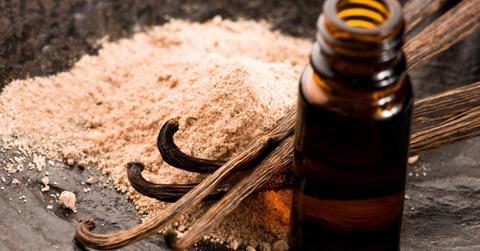
Vanilla used to be one of the rarest and most valuable flavorings money could buy. Hailing from jungles on the far side of the world, vanilla was a novel spice that inspired a thousand and one dishes and variations. Today, vanilla’s distilled essence is available in every supermarket, health food store, and pharmacy in the world. But where does vanilla extract come from? And how do you know which is real vanilla and which is a pale imitation?
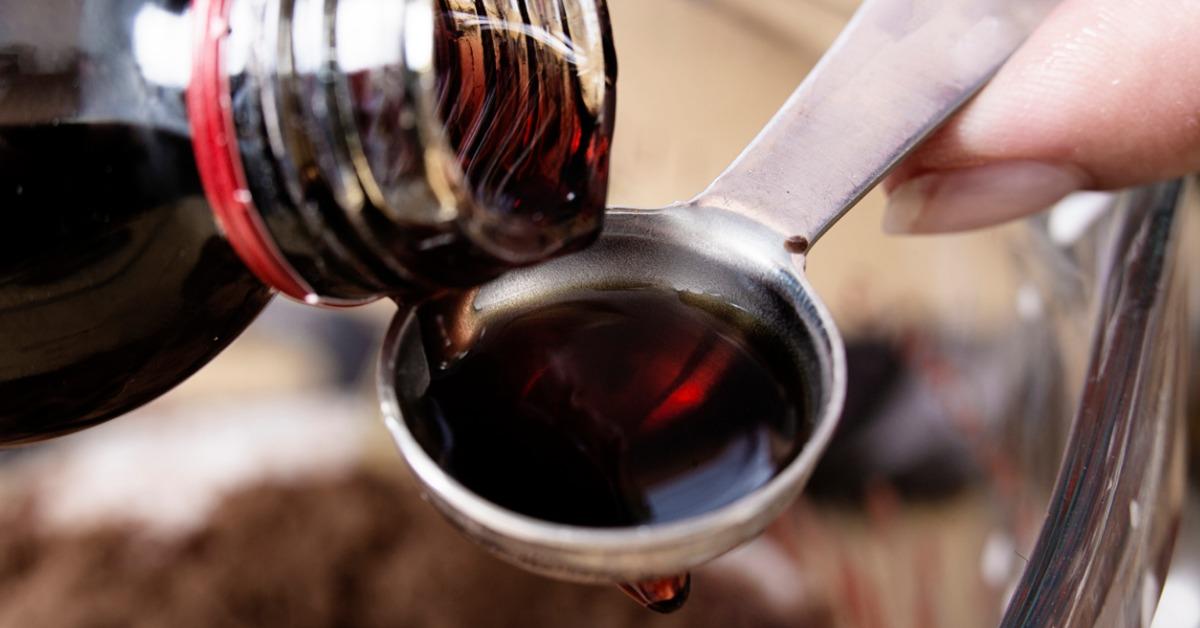
Where does vanilla flavoring come from?
If you spot "vanilla flavoring" as an ingredient in a packaged baked good, there's a very small chance it might come from castoreum, a goo anally excreted by beavers. Seriously.
As explained by National Geographic, beaver butts release castoreum to mark their territory, and additive has been “generally regarded as safe” to use in foods and perfumes by the the FDA for decades. Castoreum is dark brown, has a similar consistency to molasses, and a remarkable musky vanilla scent.
That said, vanilla flavoring from beaver butts is very rarely used anymore, as it's difficult and expensive to collect, according to Snopes. Phew. So if you see vanilla flavoring in an ingredients list, chances are, it's either synthetic vanilla flavoring, or natural vanilla flavor extracted from vanilla beans.
Where does vanilla extract come from?
Vanilla itself comes from a tropical orchid that grows on a vine. The orchids are native to Mexico but have been cultivated throughout various equatorial regions across the globe. Today, vanilla is farmed and collected from locations in Central America, Africa, and the South Pacific. Though, according to The Economist, more than 80 percent of the world's vanilla comes from the island of Madagascar. This makes the crop particularly vulnerable to destructive forces like weather or disease.
Is vanilla difficult to grow?
Vanilla is a temperamental crop, to say the least. According to Fine Gardening, vanilla farms contain thousands of trees, and each tree is reserved for a single vanilla vine, which can take up to three years to reach maturity and flower. When it finally does flower, the vanilla orchid only blooms for a single day and must be pollinated by hand that day if they want to continue growing vanilla.
The difficulty of caring for the plant isn’t the only issue with vanilla, either. It also involves a significant investment in time as well. Successful pollination of a single flower will result in a single 6-to-8-inch pod. As if that weren’t enough, this pod takes eight to nine months before it has ripened enough to be harvested.
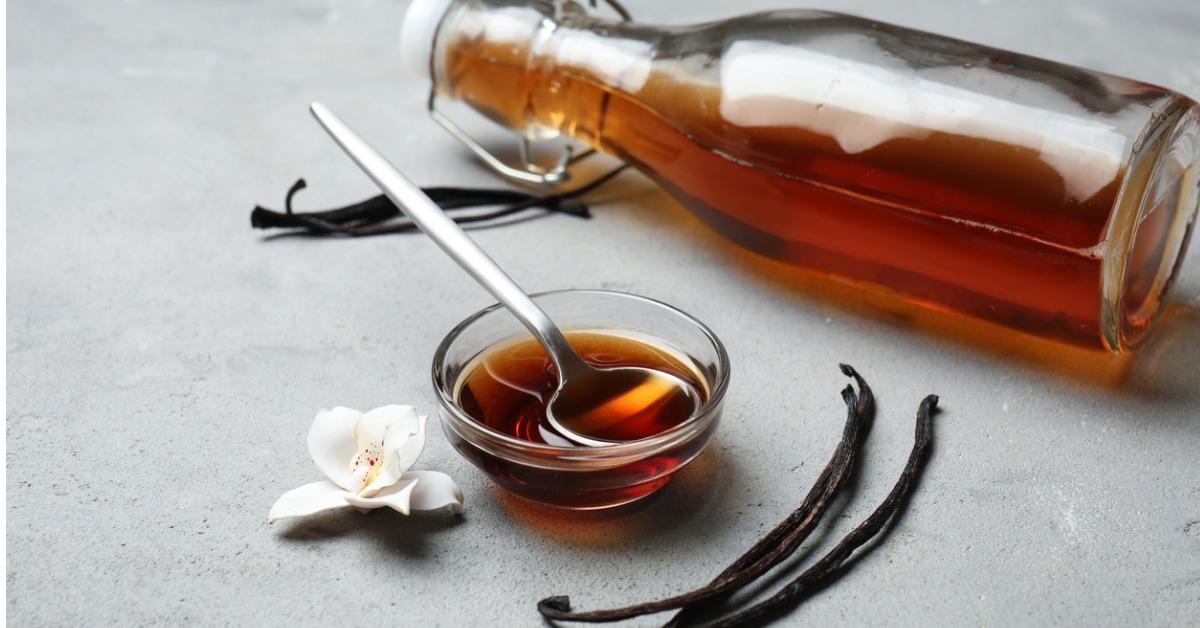
How is vanilla extract made?
The vanilla beans are then blanched, cured, wrapped in wool blankets, and stored in dark, airtight containers to “sweat.” This process is a type of fermentation, which keeps the beans warm and moist. Each day, for two months, the blankets are rolled out and laid in the sun, before being removed from the wrapping and left to air-dry for another three to four months. Another month of “conditioning” involves wrapping the dried beans in wax paper and selling them in a closed box. This is all according to the The Spruce Eats.
It is a long and difficult process that continues when the beans are ground and soaked in a solution of alcohol and water, where the flavor compounds become soluble. Heat is sometimes used in the extraction process, but many consider this an unnecessary and destructive step that destroys many of the additional flavor compounds normally found in pure vanilla.
As a result, some manufacturers have a cold-extraction process that works like cold-brewing coffee. This takes longer, of course, but at that point, what are a few more months added to an already lengthy enterprise?
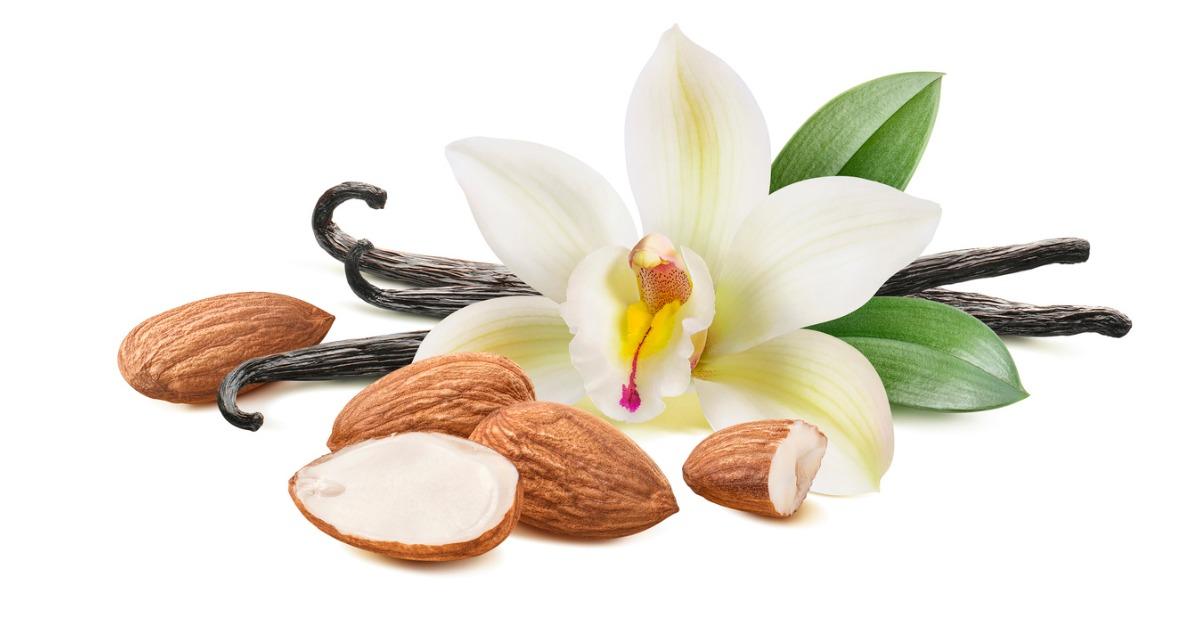
What is imitation vanilla?
Imitation vanilla, on the other hand, is exactly what it sounds like — synthetic vanilla. It is made by synthesizing the vanillin molecule of certain plant fibers taken from flowering shrubs and trees of the guaiacum genus. It takes far less time to make than pure vanilla, and tastes quite comparable to the real thing. That is, if you don’t have a particularly refined palate.
How can you tell the difference between pure and imitation vanilla?
If you're buying vanilla flavoring at the store, the label should make it pretty clear if the stuff is real or imitation. Otherwise, you can read the ingredients or inspect the color — real vanilla is clear brown, while imitation vanilla is either clear or includes a caramel color (as well as other fillers) in its ingredients, as per Wide Open Eats.
Which is better: pure vanilla or imitation vanilla?
Any professional baker will tell you that pure vanilla extract will yield a better overall flavor than imitation vanilla.
When making cold dishes like vanilla ice cream, puddings, or custards, you should definitely use the pure stuff. Even those dishes that have minimal heat can use pure vanilla without losing too much flavor.
According to Better Homes and Gardens, for foods you plan to bake at high temperatures, such as cookies, cakes, muffins, and the like, you should feel confident in using the imitation stuff. It will still give the vanilla taste, without needlessly destroying the subtle compounds that really make the pure stuff stand out. That said, more refined palates may be able to detect real vs. fake vanilla, and the only downside to using real vanilla when baking is that it's more costly.
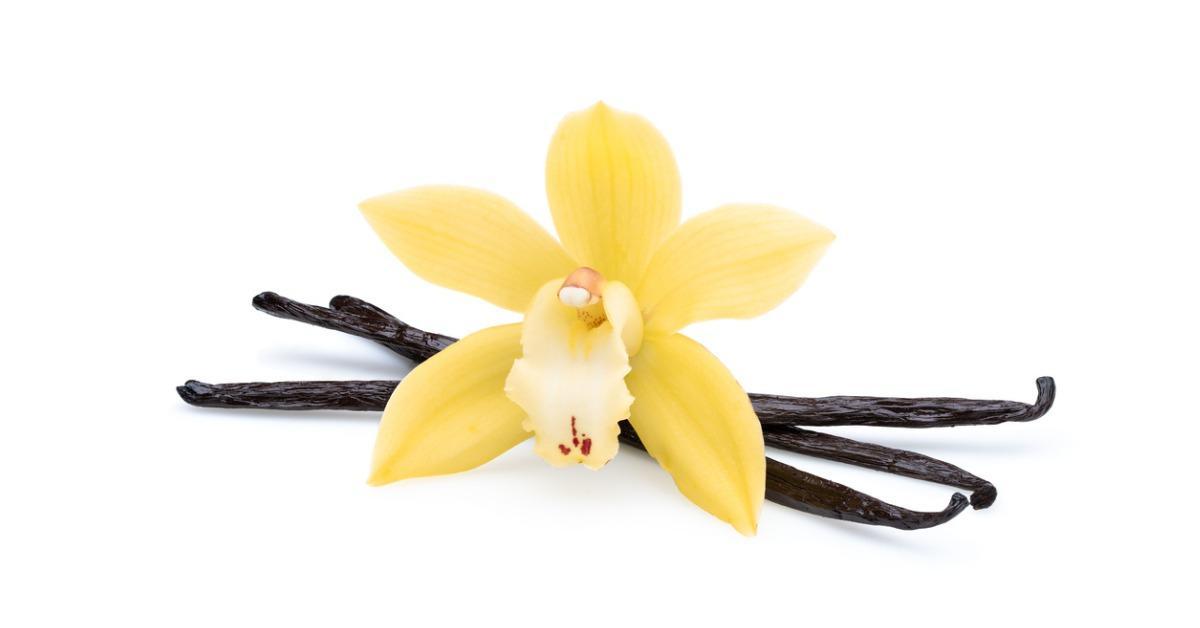
Vanilla is a flavor and a crop with an intense history of agricultural significance. It is part of a huge global business and as such, presents plenty of problems in terms of sustainability. That said, there are sustainable companies offering this expensive spice to those with an eye for it. In terms of flavor and ecological impact, it’s probably worth the price.
This article, originally published on Jan. 24, 2020, has been updated.